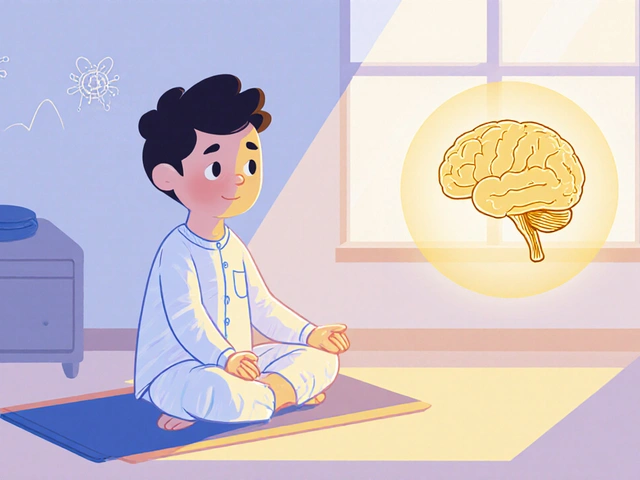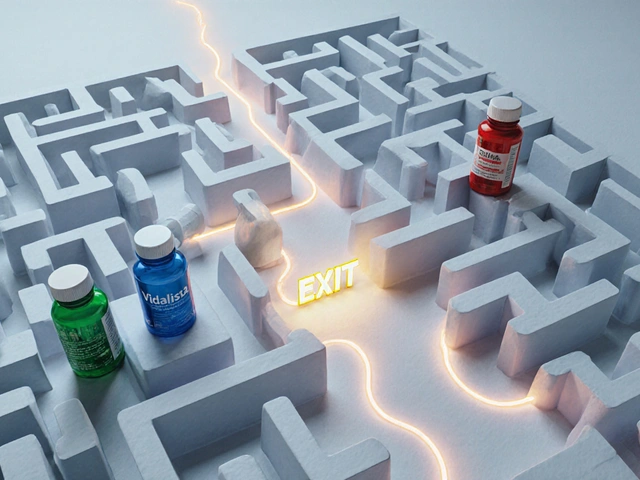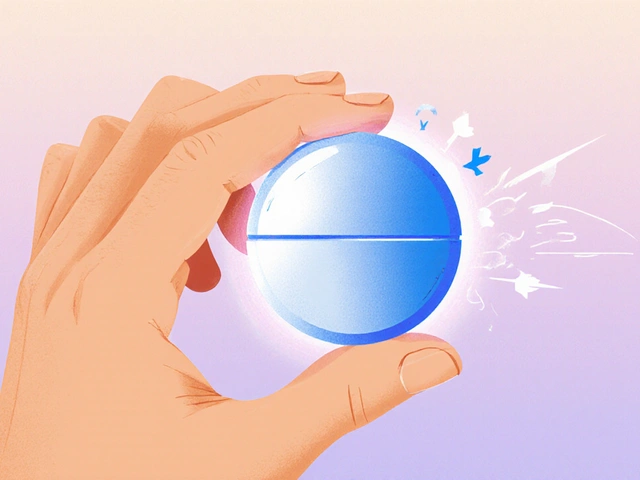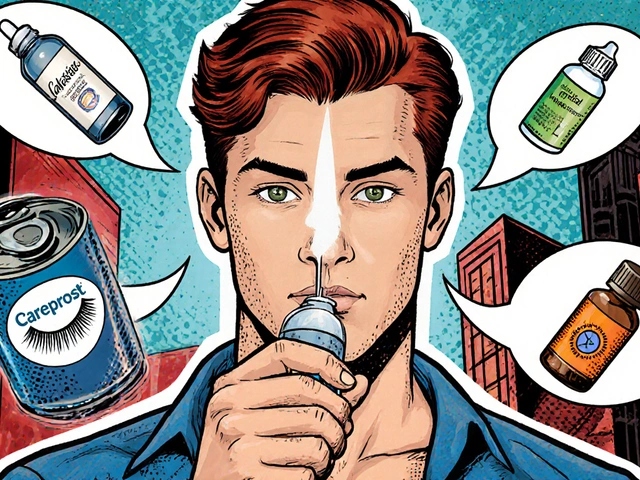Cryotherapy: What It Is and Why It Might Help You
Ever wondered why athletes step into icy chambers after a tough game? That's cryotherapy – a short burst of extreme cold meant to reset your body. It can feel like walking into a freezer for a minute, but the goal is to trigger natural healing responses without surgery or meds.
How Cryotherapy Works
The basic idea is simple: expose your skin to sub‑zero temperatures (usually between -100°C and -140°C) for 2‑4 minutes. The cold forces blood vessels to constrict, then flare open once you warm up. This rush of blood brings fresh oxygen and nutrients, which helps remove waste products and reduces inflammation.
There are two main ways to do it. Whole‑body cryotherapy (WBC) uses a chamber that surrounds you, while localized cryotherapy targets a specific area with a cold pack or a handheld device. Both aim to activate the same biochemistry – release of endorphins, lowered cortisol, and a temporary boost in metabolism.
Top Benefits and Common Risks
People love cryotherapy for a few key reasons:
- Reduced muscle soreness: After a workout, the cold can blunt the inflammation that makes you feel stiff.
- Pain relief: Joint pain from arthritis or old injuries often eases after a session.
- Faster recovery: Blood flow spikes after the cold, delivering nutrients that speed up tissue repair.
- Mood lift: Endorphin release can leave you feeling more upbeat, which is why some use it for mild depression.
- Skin boost: The temperature shock can tighten pores and may improve the look of cellulite.
But it’s not a free‑pass. Side effects include temporary numbness, skin redness, and in rare cases, frostbite if the exposure is too long. People with heart disease, hypertension, or severe asthma should talk to a doctor before trying whole‑body cryotherapy. Pregnant women are also advised to skip it.
Another practical tip: stay hydrated. The cold can make you sweat more than you think, and drinking water helps your body manage the temperature shift.
If you’re new, start with a short 2‑minute session and see how you feel. Many centers offer a trial at a lower price, which is a good way to test tolerance without committing to a full package.
After the session, give yourself a few minutes to warm up slowly. A warm shower or a light jog helps your circulation settle back to normal without shocking your system.
In short, cryotherapy can be a handy tool for athletes, busy professionals, or anyone dealing with chronic aches. It’s quick, usually painless, and can fit into a lunch break. Just remember to check the facility’s safety standards, follow the time limits, and talk to a healthcare provider if you have any serious medical conditions.
Ready to try the cold? Look for a reputable clinic, ask about staff certifications, and schedule a short trial. You might find that a few minutes of frost is the refresh button your body’s been begging for.

How to Use Heat and Cold Therapy for Fast Muscle Stiffness Relief
Learn step‑by‑step how to apply heat and cold therapy to ease muscle stiffness, when to choose each method, safety tips, and a handy comparison table.
View More




